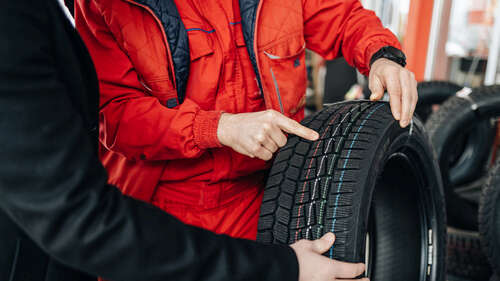
Do healthier tires guide to longer miles? According to the United States Department of Energy (DOE), the answer is yes. Due to rolling resistance, the DOE shares that 20-30% of a vehicle’s fuel consumption can be attributed to tires.
Tire rolling resistance is the amount of energy that your car needs to send to your tires in order for it to preserve movement at a consistent speed. Since tires sit between the rest of your car and the road, the small patch of tire that is connected to the road is called a “contact patch.” The DOE shares that 35-50% of a tire’s rolling assistance can be attributed to the tire tread.
If you don’t rotate your tires, it can guide to imbalance wearing out, making it easier for the car to slip more and provoke the engine to work harder to advance in the right direction. Since the engine will need to work harder to offset your worn-out tires, it needs to utilize more gas per mile compared to when you’re driving with properly maintained tires.
Aside from rolling resistance, the DOE also mentions other factors admire road quality, vehicle weight, and air drag, affecting overall fuel economy.

